Arrests. Police tents. Burner phones. Amid the maelstrom of who knew what when, or didn’t do that there, one thing is abundantly clear: you cannot organise an independence referendum when every interview you give sounds like you are auditioning for a new series of The Wire.
In fairness to Humza Yousaf – as I am, of course, ever anxious to be – he actually understands this.
The Scottish Government’s plan for a referendum in October this year has, unsurprisingly, been shelved.
Meanwhile, during his introductory meeting with Rishi Sunak, Yousaf’s demand for a second referendum was perfunctory at best. The focus instead on the rather more humdrum matter of the deposit return scheme.
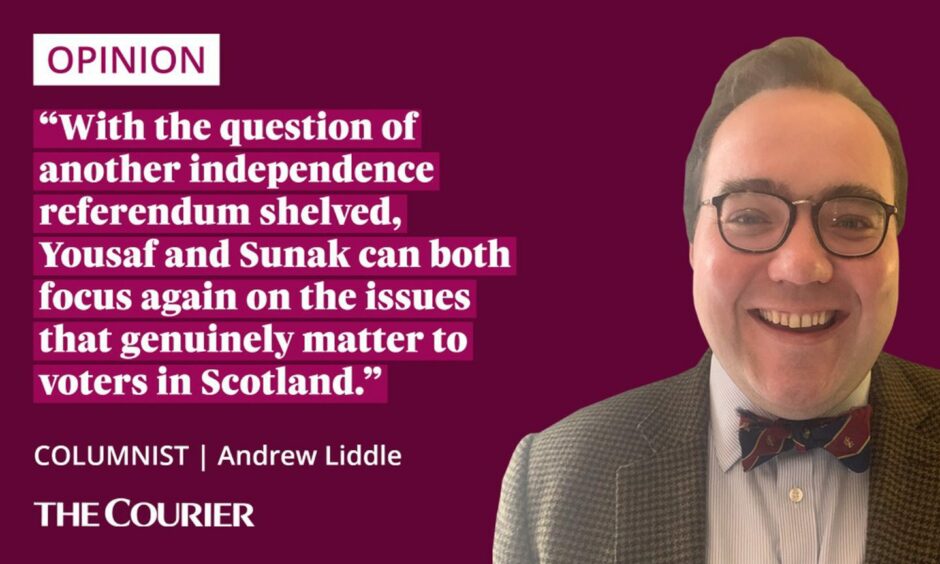
It is tempting to ridicule this spectacle, coming as it has as a result of a weak leader, heading a divided party, at a moment of increasingly existential crisis for Scottish nationalism.
But that would not be in the spirit of what increasingly looks like new era of civility and cooperation between the UK and Scottish governments – a change that is not only welcome but much needed.
Yousaf must focus on Scottish government, not splitting from UK
It is welcome because it reflects the reality that a second referendum is a dead issue for at least the foreseeable future.
The SNP do not want one, and the UK Government will not grant one. And nothing is going to make that reality change any time soon.
Indeed, there is little prospect of Yousaf gaining the political capital to finally shift the dial and break the UK Government’s will, even if he wanted to.
The next General Election will see the SNP lose seats, and the likelihood of an SNP or even pro-independence majority after the next Holyrood election seems increasingly remote.
If anything, Yousaf’s political capital will keep going down rather than up, making another referendum ever more the stuff of fantasy.
Thus, Yousaf – whether he likes it or not – will have to content himself with the routine of government business for many years to come.
But this is also a much-needed development.
Co-operation, not confrontation – a reset for Scottish Government and UK?
For more than a decade – and particularly since 2014 – confrontation over the constitution has been central to the UK-Scottish government dynamic.
Whether on the steps of Bute House or in the wings of COP26, we have become used to meetings between the Prime Minister and First Minister being about one or two issues only – independence and a second referendum.
With that dynamic, the actual day-to-day business of government fell by the wayside in a game of increasingly repetitive constitutional tug-of-war.
Now, however, that can all change.
With the question of another independence referendum shelved, Yousaf and Sunak can both focus again on the issues that genuinely matter to voters in Scotland.
Making a deposit return scheme that actually works is a case in point, but there is far wider scope for cooperation between Scotland’s two governments as well.
How long will civility last?
Yousaf may fear such a change in tone will be a humiliation. But other senior figures in the SNP are already leading the way.
The former SNP Westminster leader Ian Blackford, for instance, recently urged the Ministry of Defence to deliver lifeline ferry services for some of Scotland’s remote island communities.
On news that the MoD will cover one ailing ferry service:
Me: “A special mention to the Westminster Government’s Ministry of Defence for bailing you out?”
Ian Blackford: “You're putting it in a rather pejorative term…it is our Ministry of Defence as much as anybody else’s.” pic.twitter.com/KLjFXJN7Zo
— Calum Macdonald (@CalumAM) April 17, 2023
Again, given this shortage was caused by the SNP’s ferry fiasco, it would be easy to ridicule Blackford. But that would detract from the new era of civility as well.
There are still potential stumbling blocks on this road to newfound cooperation.
Support for independence has not fallen as much as support for the SNP. And there will be a residual clump of hardcore Nationalists who hanker for confrontation regardless of the circumstances.
Nevertheless, it is welcome to see some cooperation and civility return to our political discourse, even if it turns out to be only temporary.
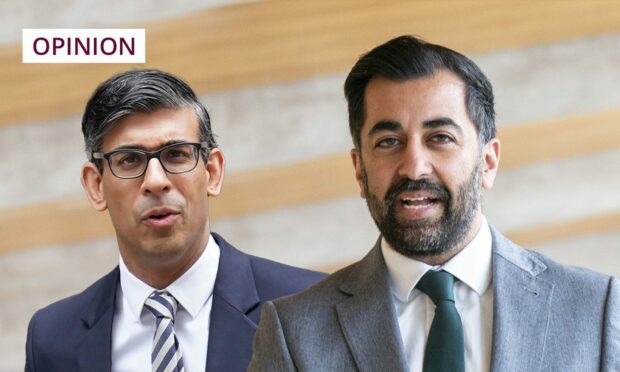

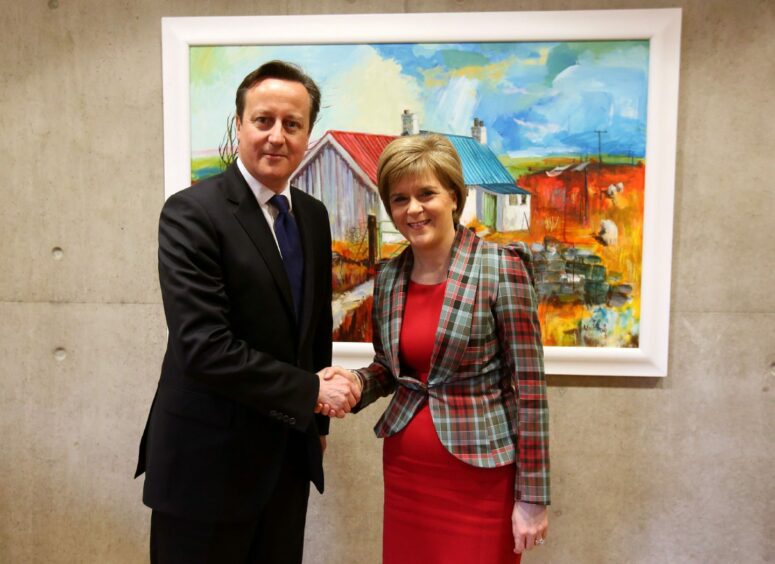
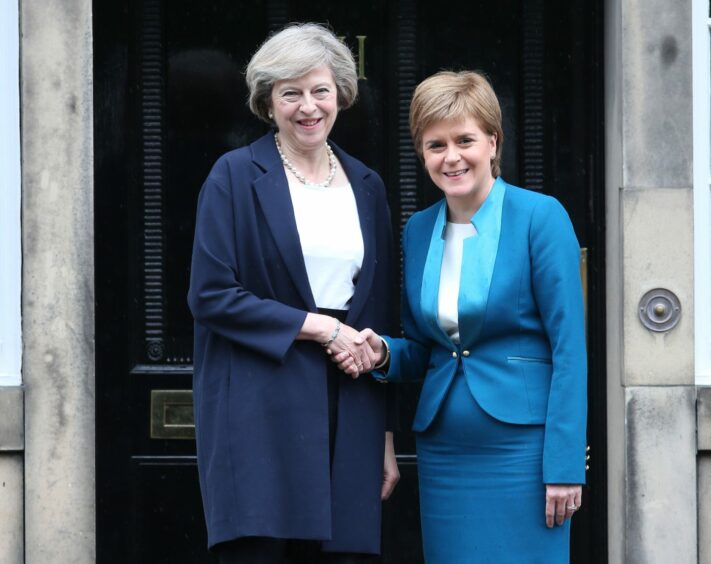
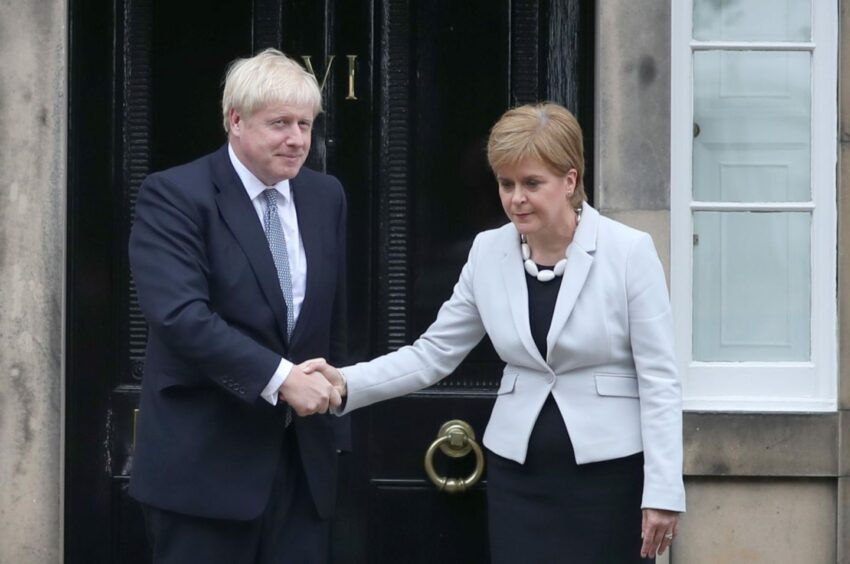
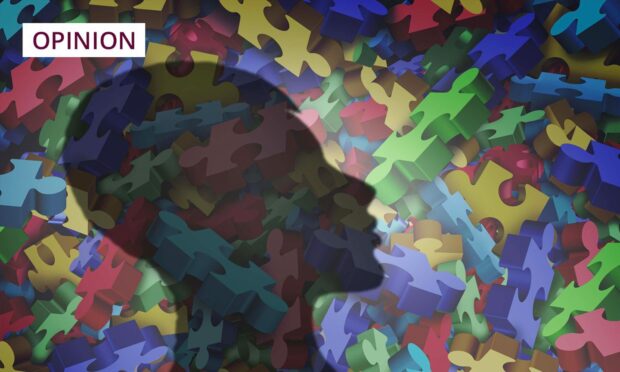
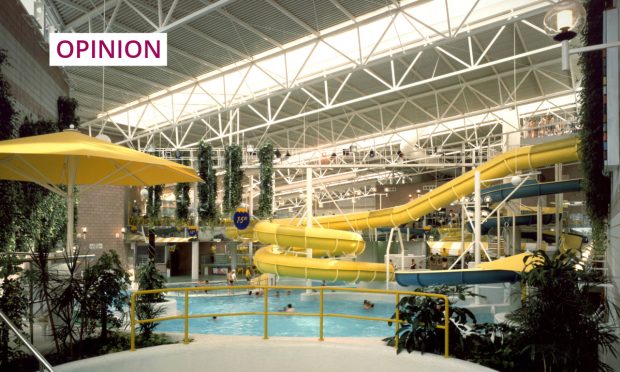
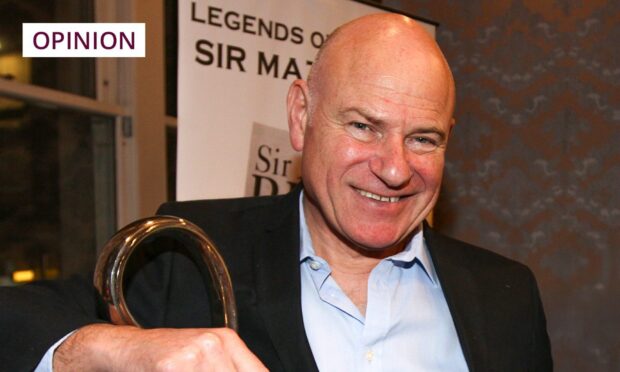
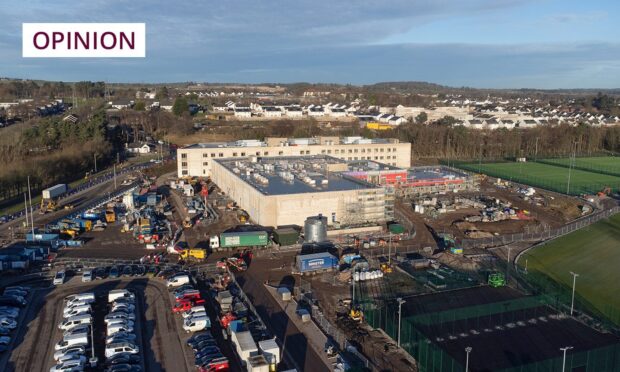
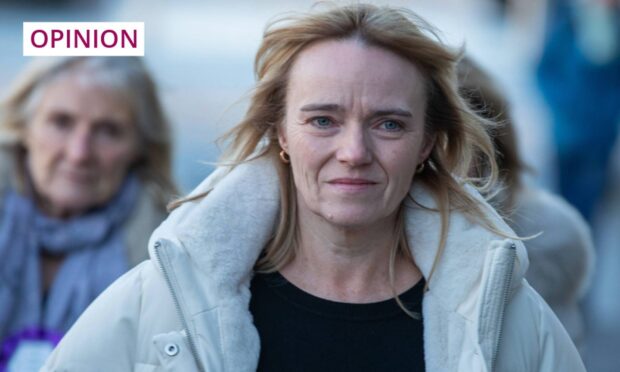
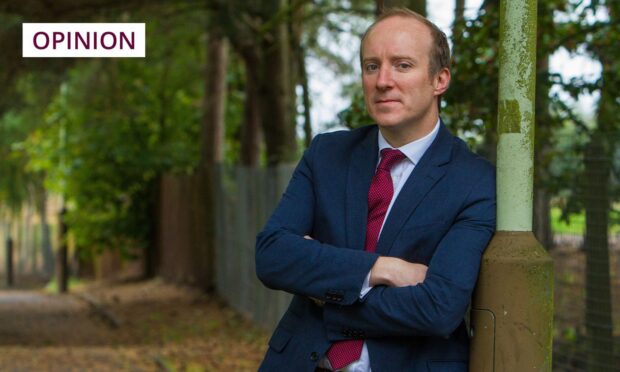
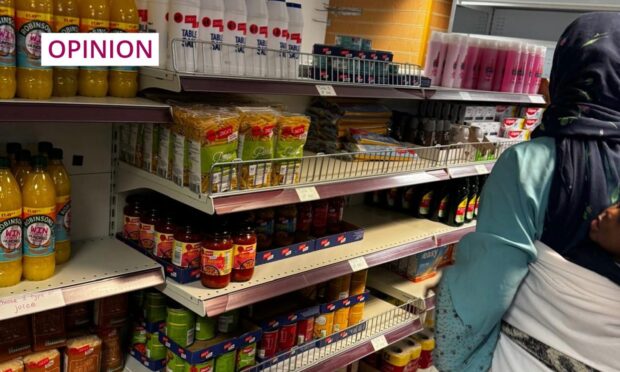
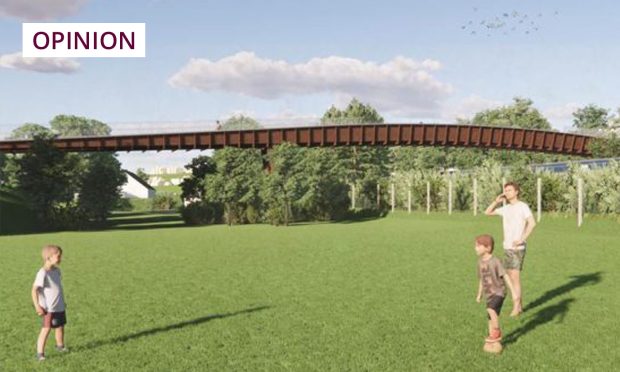
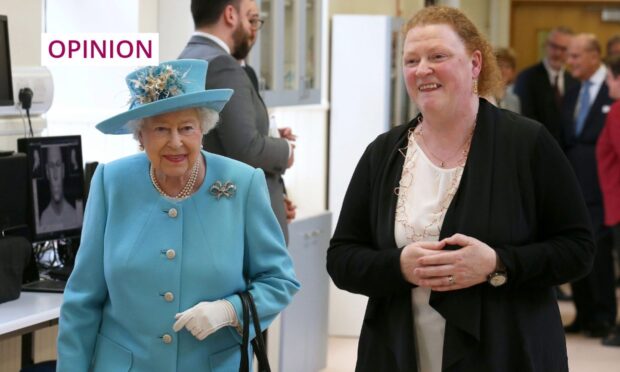
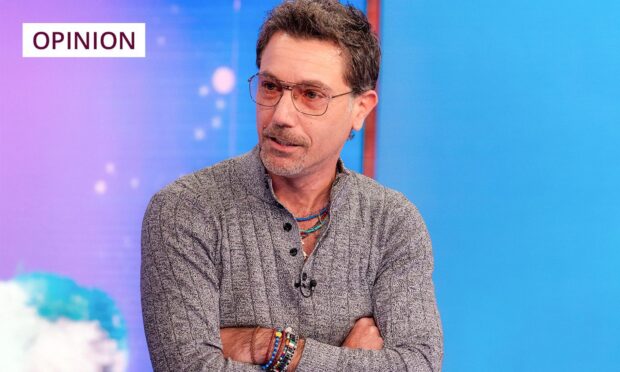
Conversation